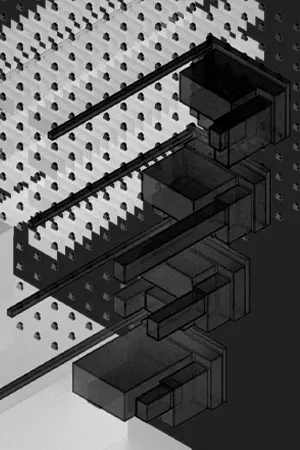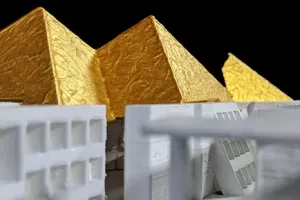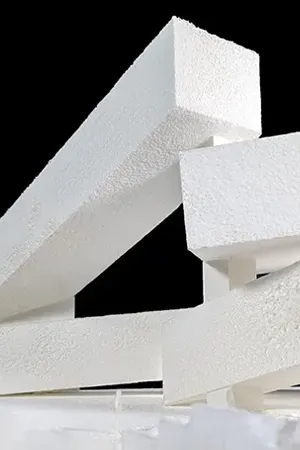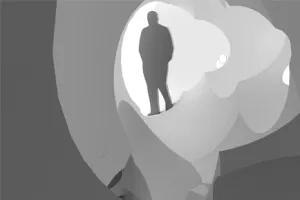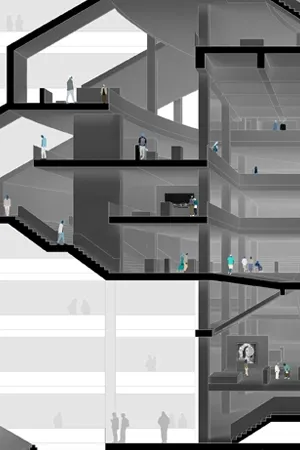
Contact Forces
Master Project completed independently with instructors Ashley Schafer + Jeffrey Kipnis
Recipient of the William Riat ‘73 Master Project Top Prize
Jurors: Laura Bouwman and Andrew Zago of Bouwman Zago
A bit of background: this project is shown almost identically to how it was presented. The project builds into one large section cut through the building. Everything leading up to it walks through my final presentation almost verbatim. The whole image can be found at the very bottom of this page, as well as a link to the original, full-sized image.
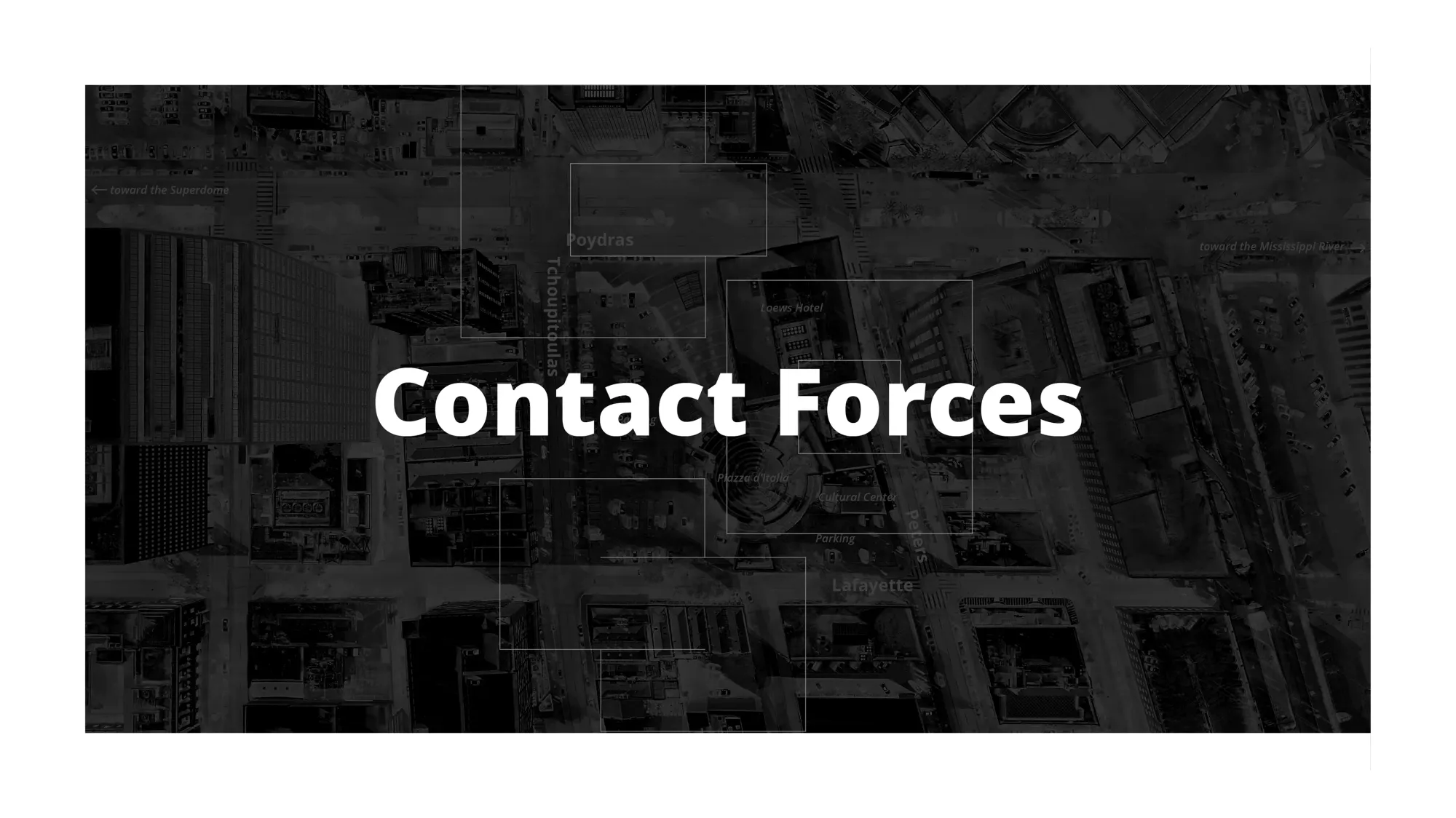
Contact Forces proposes curated moments of social friction to augment interaction between the government and the public it serves. This new city hall building in New Orleans functions as a site to test a more transparent model of civic architecture.
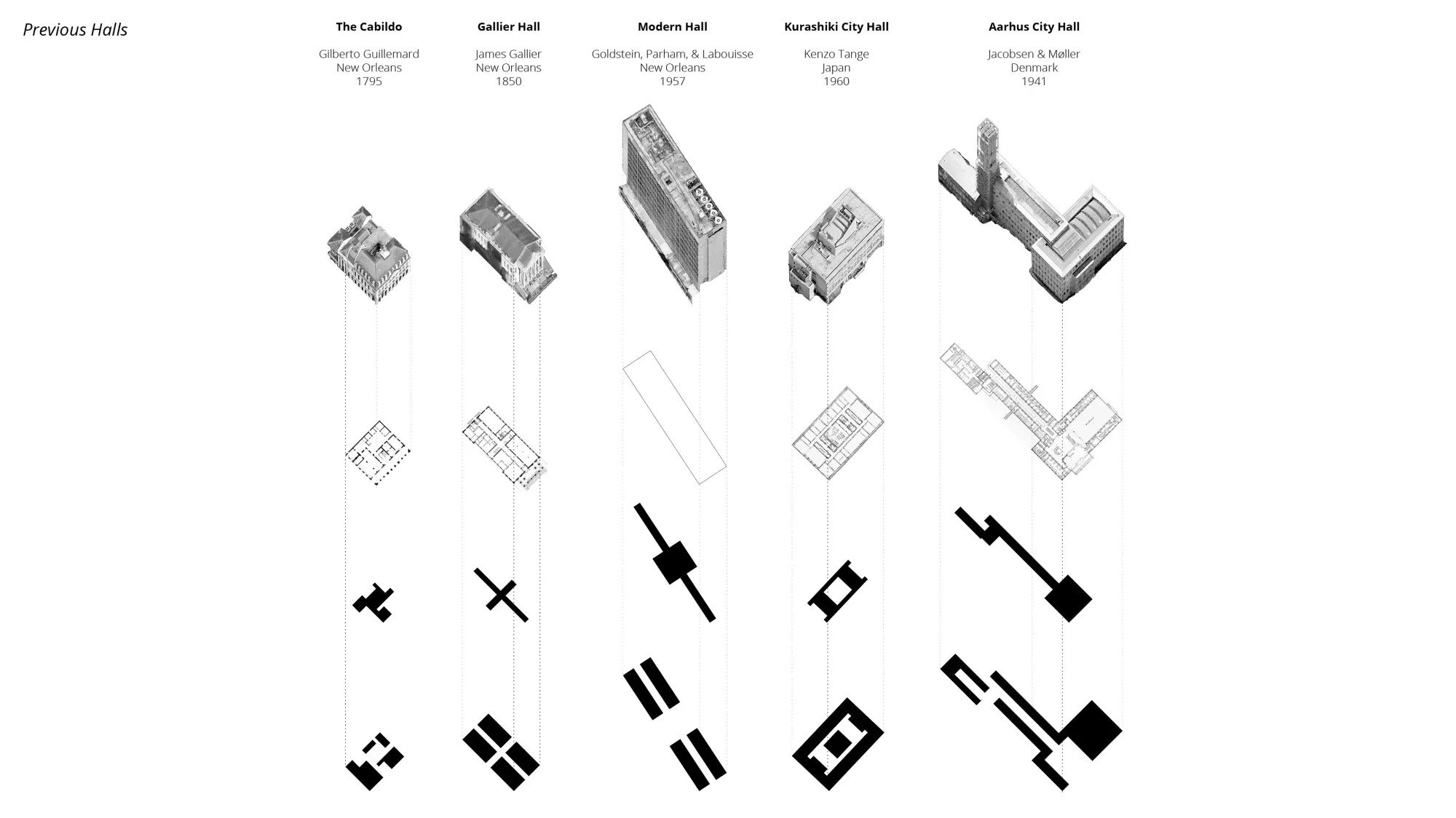
I began by looking at what came before this project. New Orleans has a history of replacing their city halls as a result of aspiration or need. The Cabildo was replaced with Gallier Hall around the Civil War, reassuring the public both with a new, centralized placement downtown, but also with its Greek Revival style.
Gallier was replaced with the modern, current city hall in 1957, a time when New Orleans was positioning itself as a trade hub on the national stage and was rapidly expanding.
Looking at each of their organizational strategies, as well as the strategies of some other city halls, I noticed that they are all reliant on the use of corridors or a purely circulatory space.
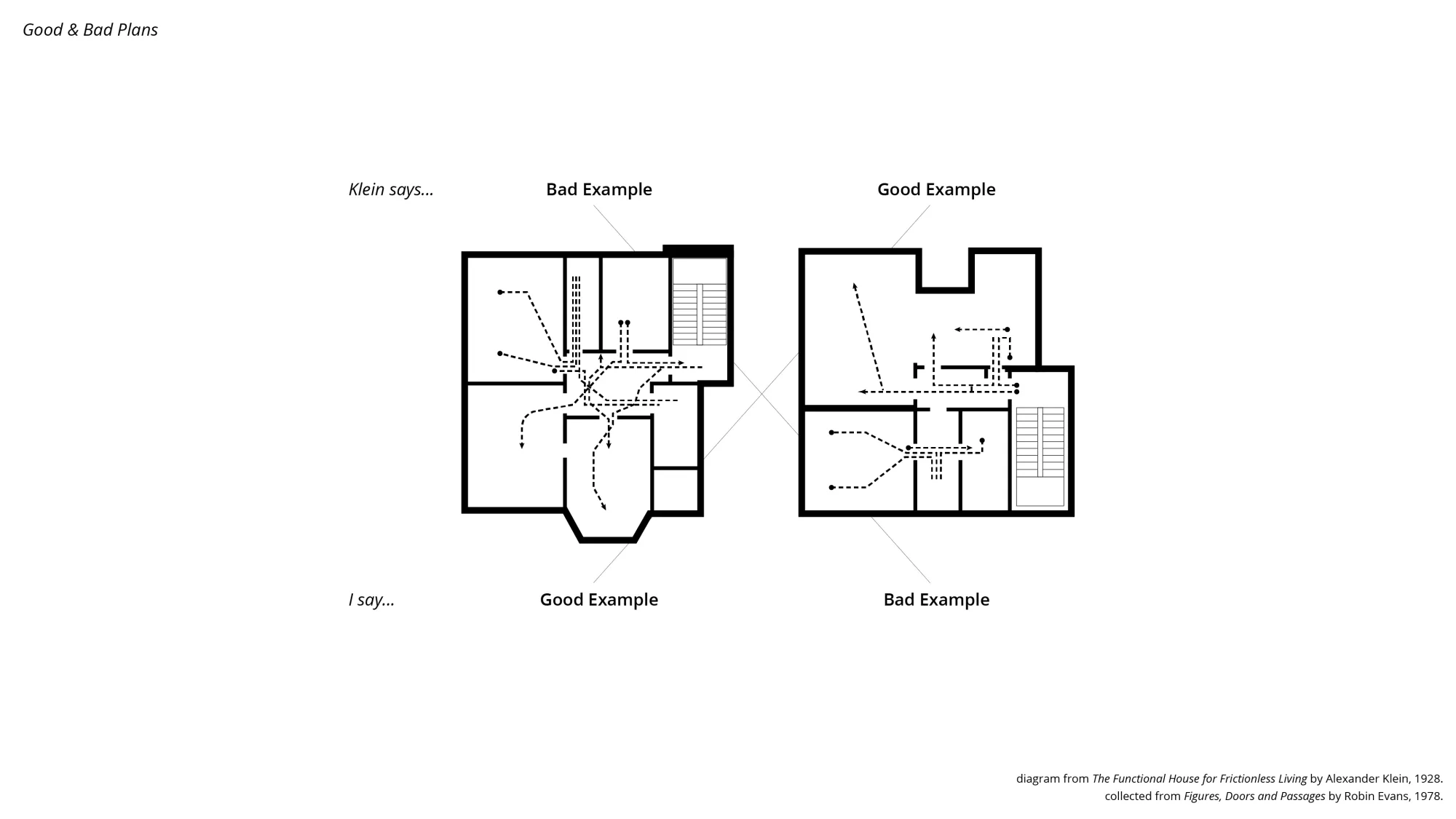
Though the corridor offers convenience in organization, they also establish boundaries and relegate interaction to an as-needed basis. Robin Evans describes corridors as spaces that work against the possibility of commotion, distraction, and the gregariousness of daily life. Ultimately, the corridor reduces contact, eliminating the forces between functions. In the long run, I find this particularly troubling for civic architecture, this reduction of contact has the potential to lead to more radical interaction.
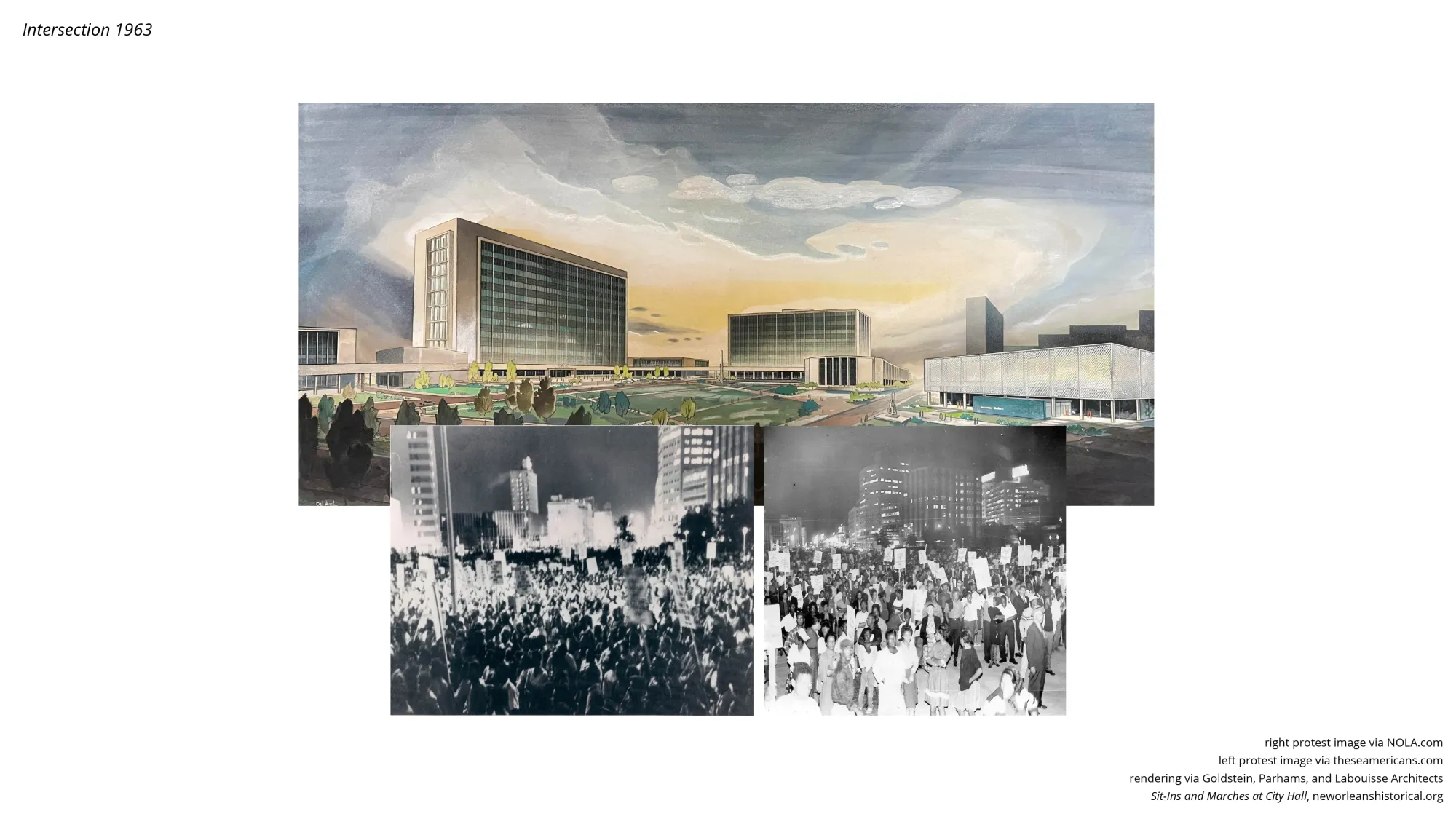
For example, take the modern city hall in New Orleans. It opened in 1957, then within a few years of its grand opening, the cafeteria and restrooms were de-segregated following sit-ins and marches. Change was made at this intersection of people and their government, and so I strive to present an architecture embracing this junction.
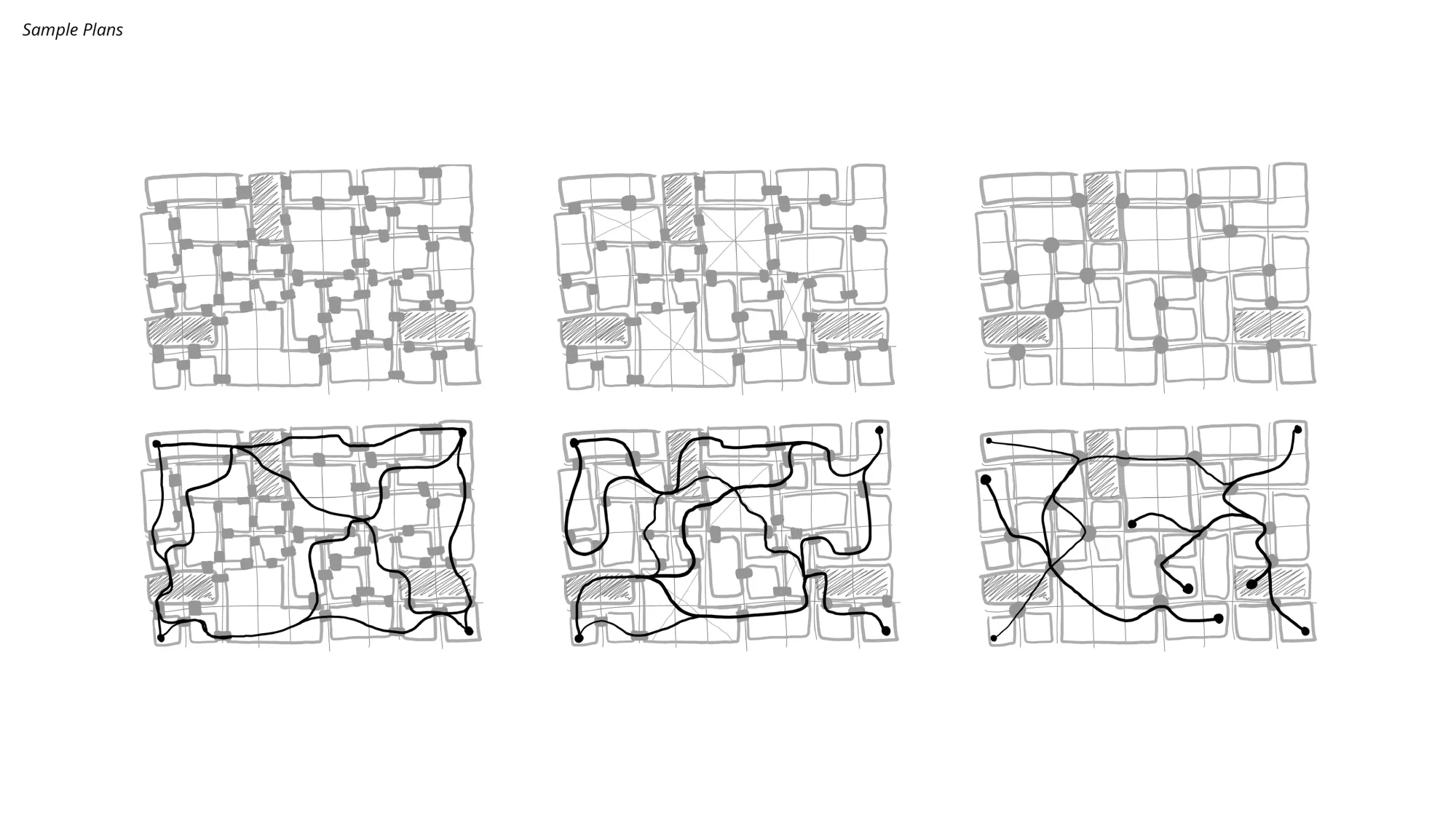
In plan that junction begins with the elimination of the purely circulatory corridor, challenging its nature of segregating function in favor of a Matrix-based system of connecting rooms, so that unless you are walking to an immediately adjacent space, there will be at least one otherwise unconnected space you will pass through. Plan organization was relegated to otherwise familiar office setting which acts as more of a medium, and I’ll expand upon that more shortly.
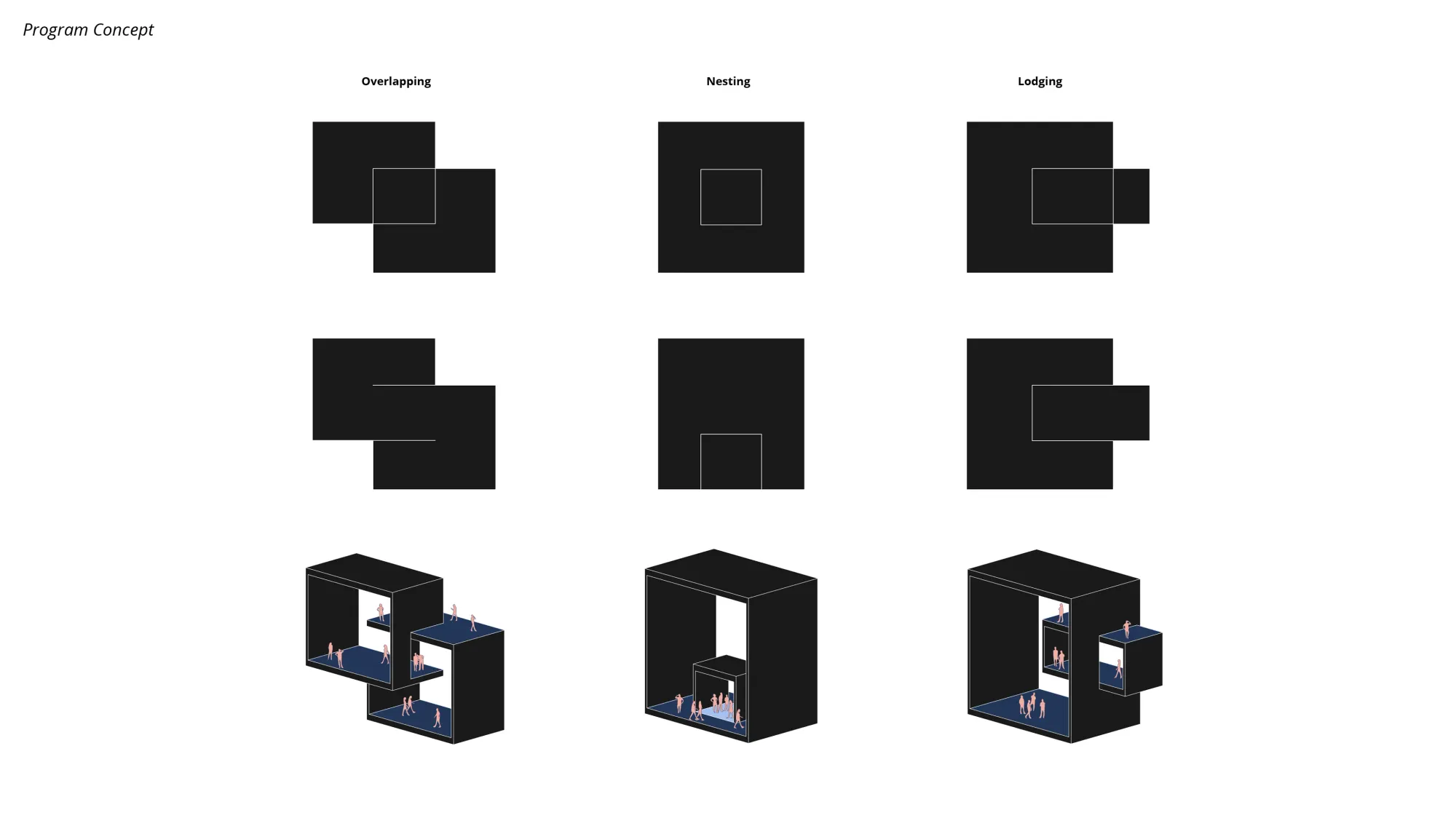
The bulk of my attention and energy went into more sectional qualities of converging programs. Social friction is created through intersection—as overlapping, nesting, and lodging—in three areas of the project. First, the mayoral, councilor, and departmental offices overlap with restaurants and cafes. Second, the council chamber is nested within the public art gallery / exhibition space. Finally, a series of public hearing halls are lodged within the document’s library.
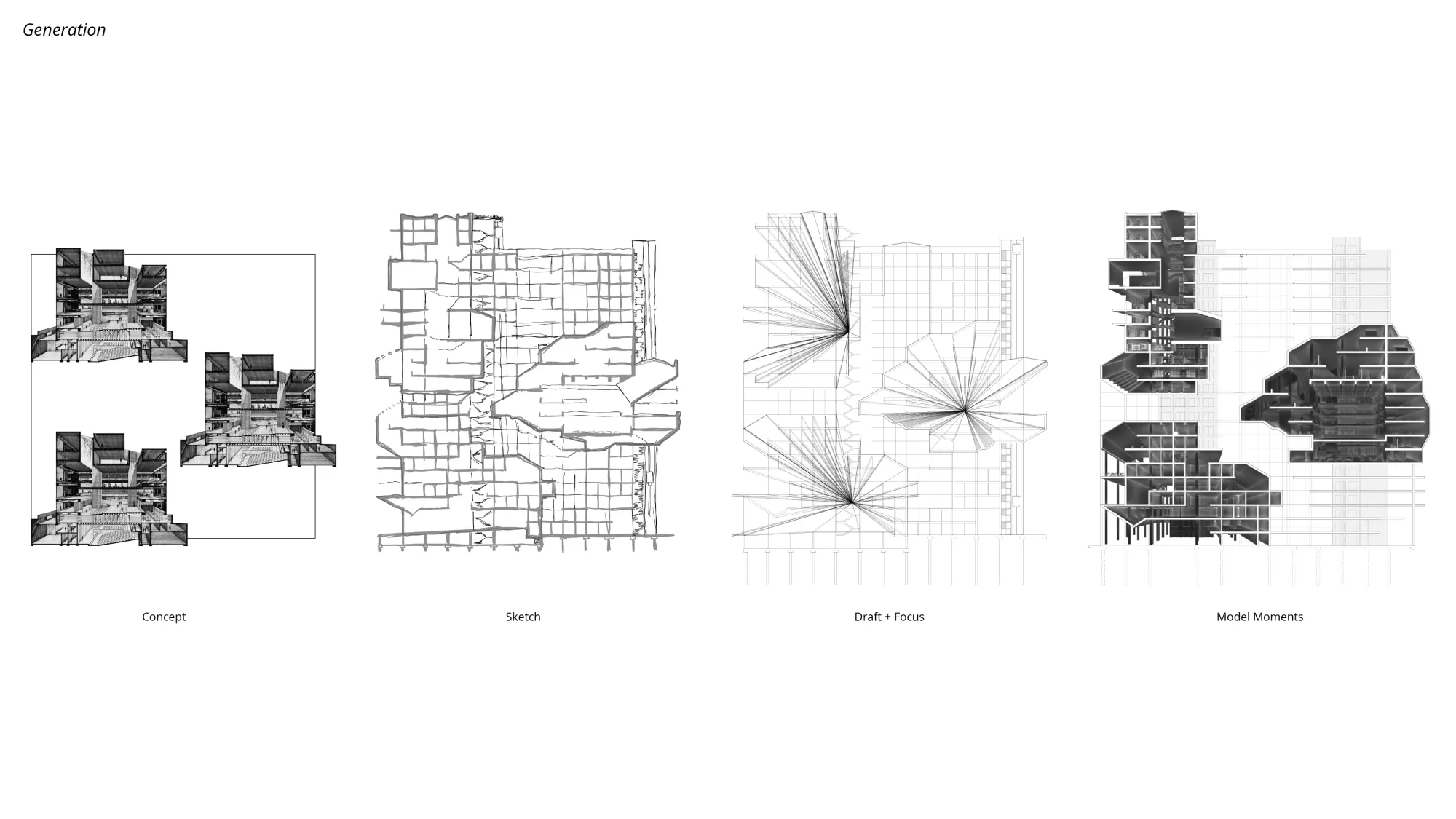
These moments of friction, designed in section, sit in contrast to normative offices that act as the corridor-less medium, throughways by which everything is accessed. This project is represented as a complete world with many crossing narratives.
The remainder of my presentation is a single longitudinal section consisting of a series of spatially continuous but temporally ambiguous moments. These scenes are tracked vertically through the building, shifting between three primary moments of transprogramming achieved via intersection. As a whole, this project aims to present a model of civic architecture that encourages public-governmental interaction through curated moments of social friction.
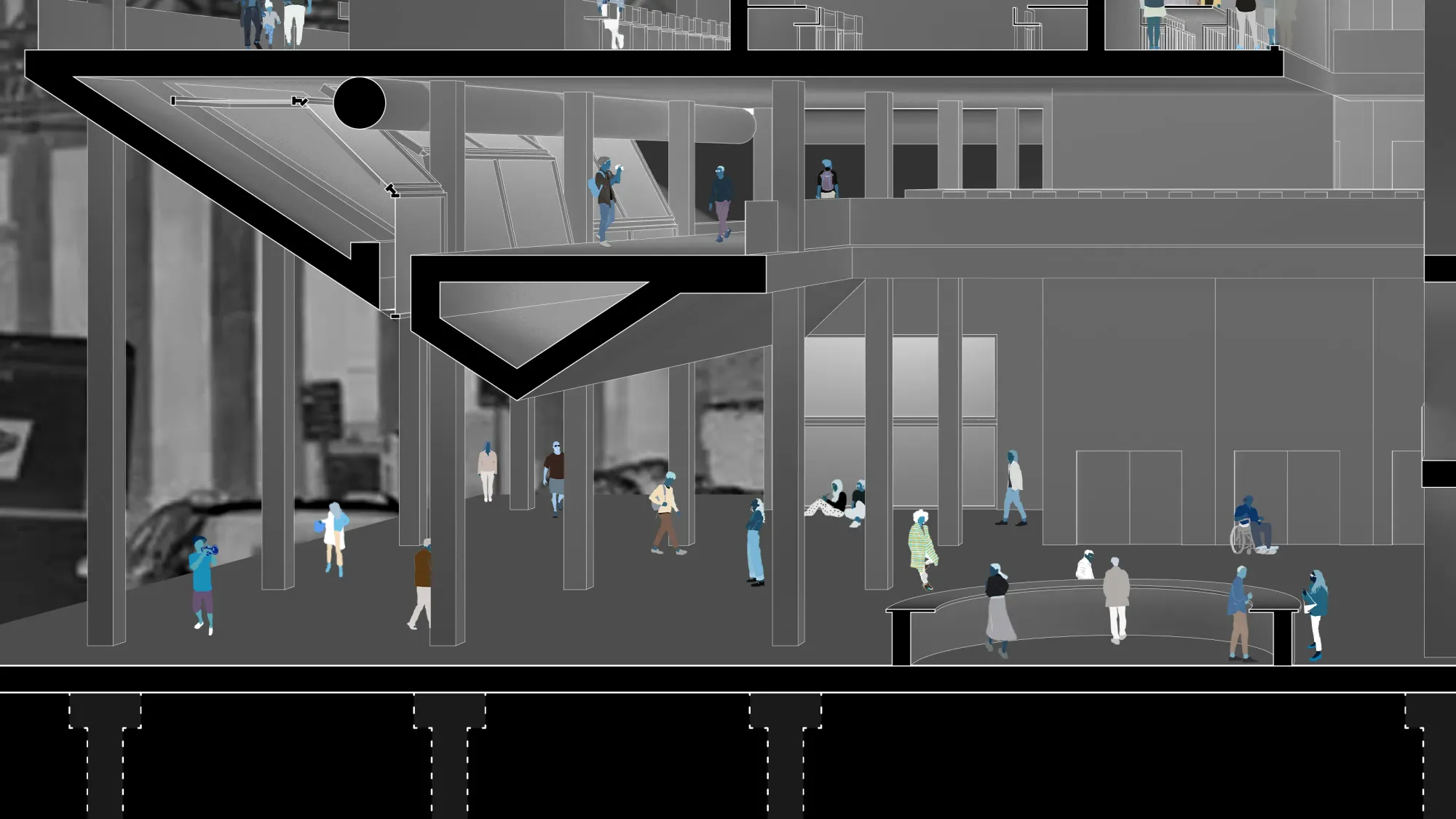
Plaza
The big doors to City Hall open up and the people of New Orleans, converting the ground floor of city hall into a covered plaza of sorts. The main space is filled with the smooth, metallic melody of a street performer’s trumpet as citizens filter in and out of city hall just off of Poydras street. Some make their way beyond to Piazza d'Italia, while others make their way inside, either with business in mind or to engage with one of the many public functions.
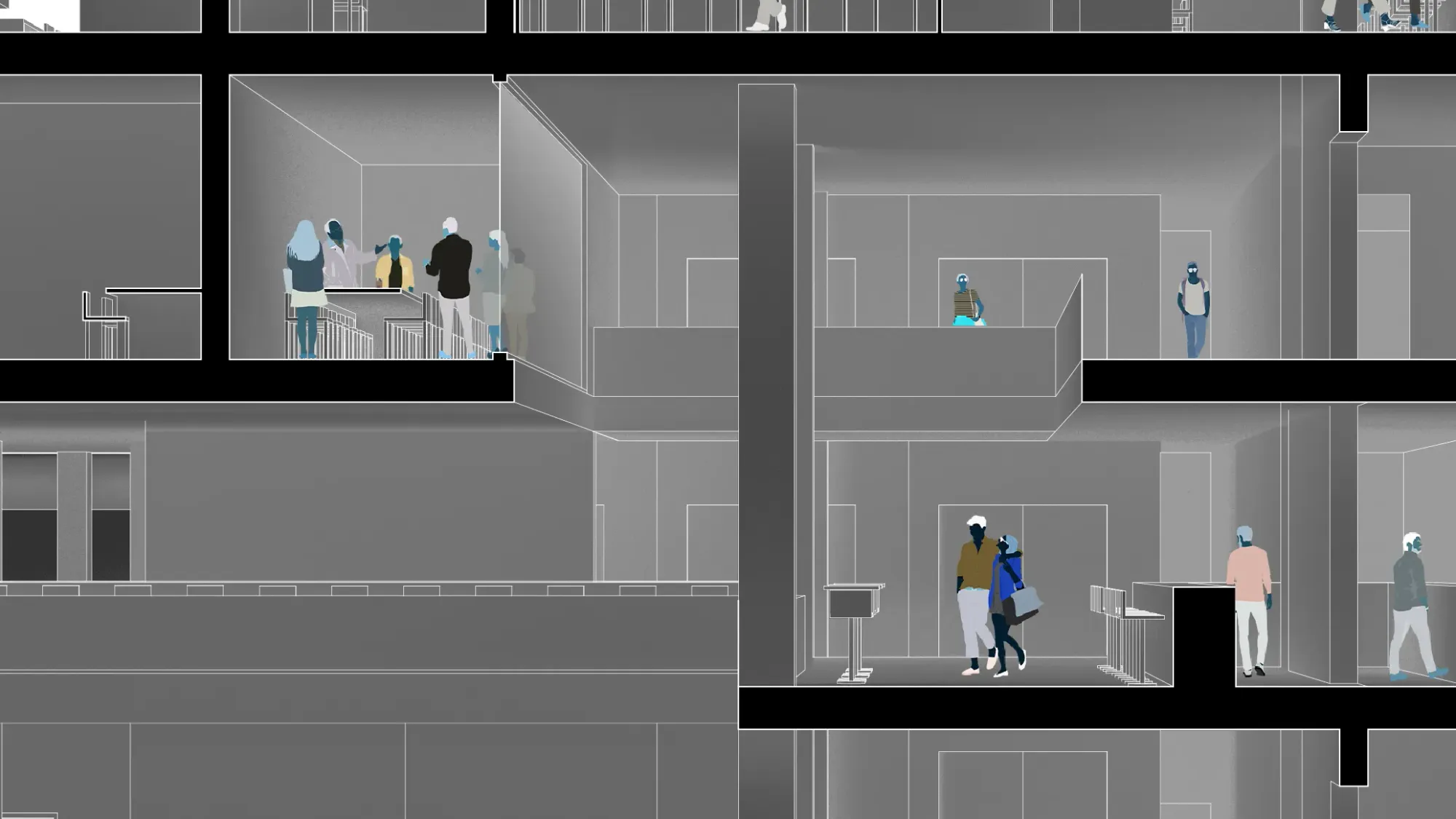
Eatery
A few floors up, a couple leaving a restaurant notices a closed-door meeting occurring just across the way. They recognize a couple of them as members of city council. There must be a council meeting tonight. The pair make note to check what is on tonight’s agenda as they head home.
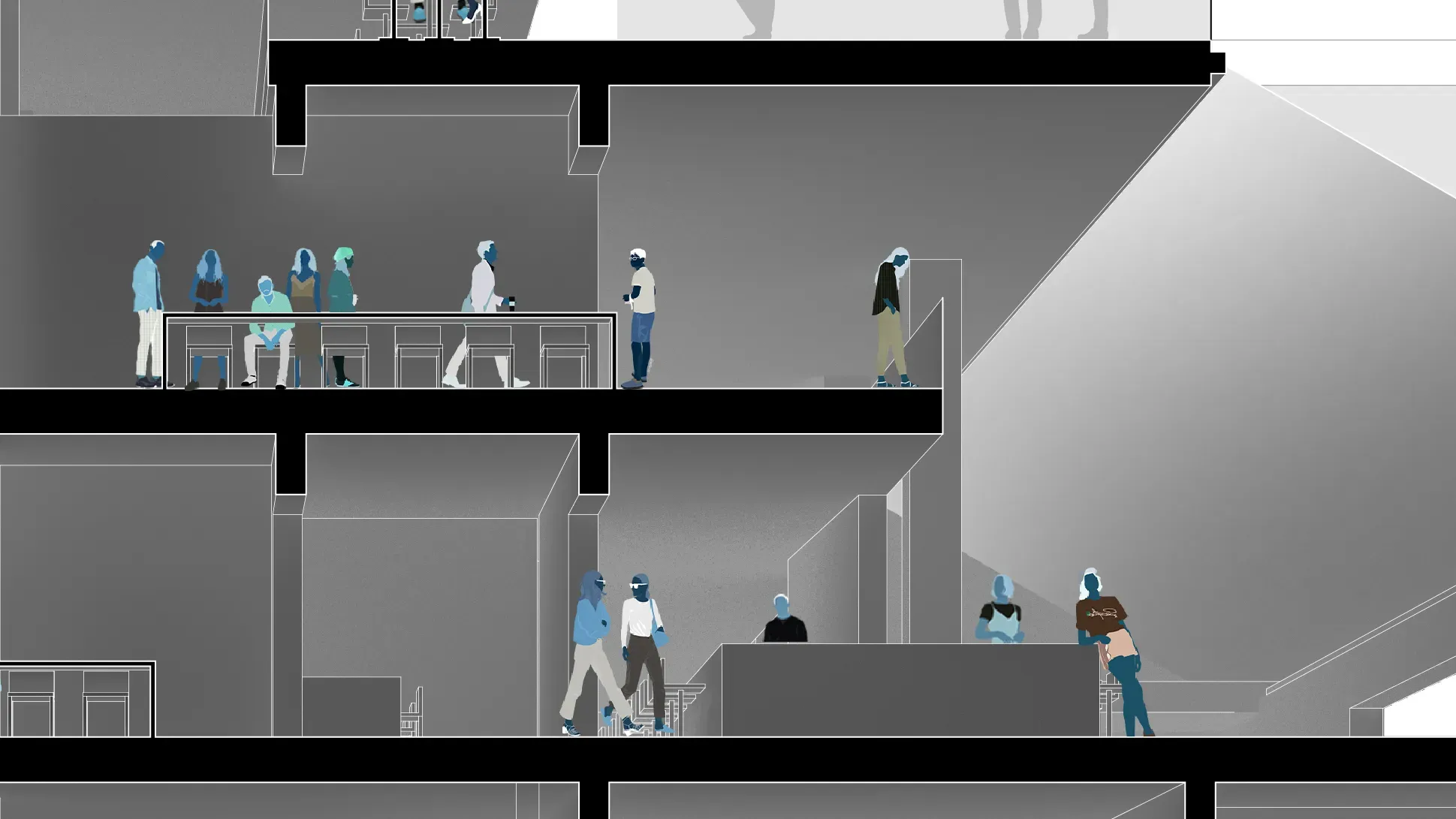
Office
An intern quietly passes through an ongoing meeting regarding this month’s crime statistics. As they make their exit, all eyes fall on the coffee in their hands. The smell coming from the café below had been easier to ignore up to that moment. One of the meeting attendants leans over the balcony and places an order for half a dozen coffees and the meeting takes a brief recess.
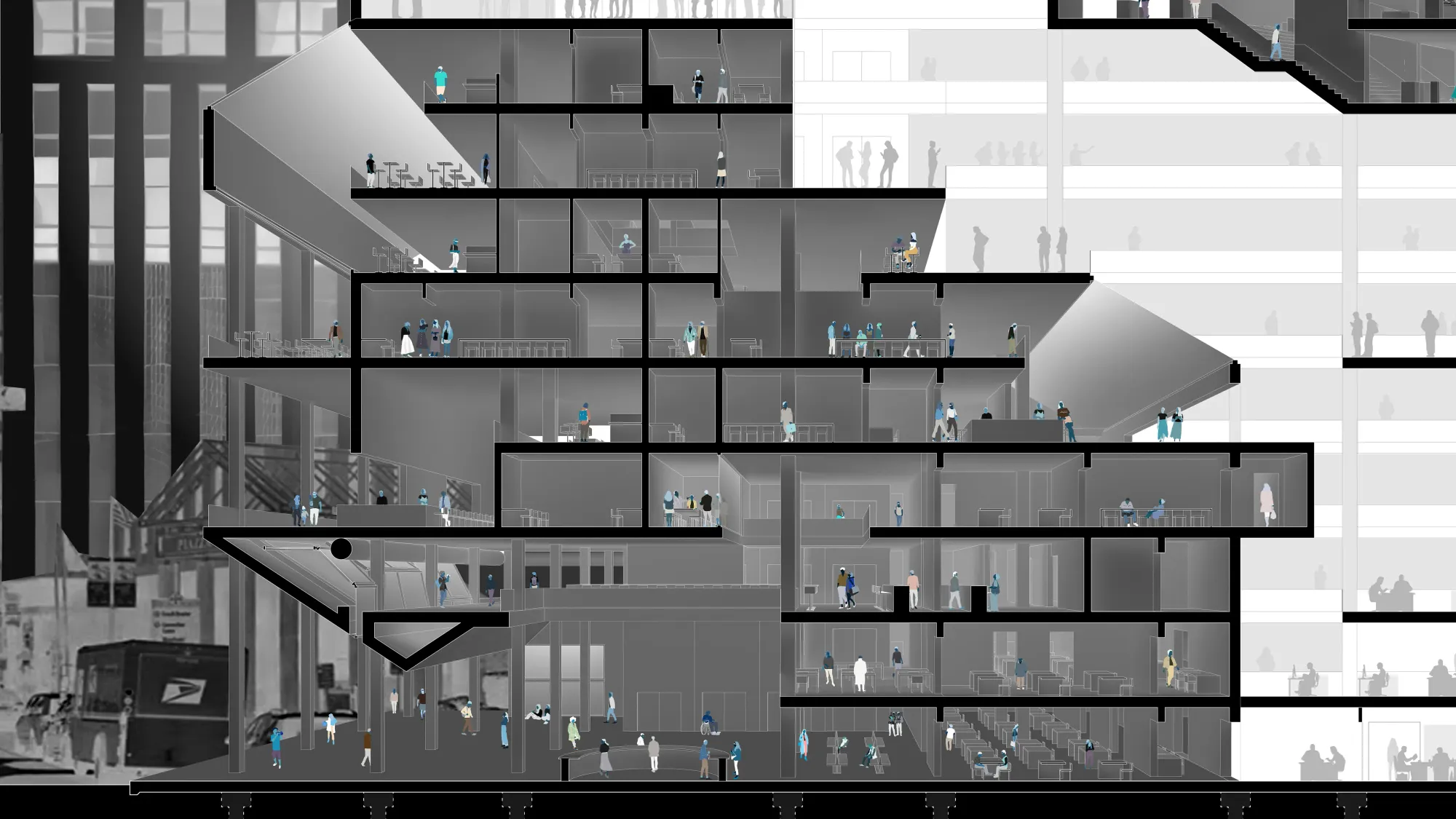
Council Offices x Hospitality
This first moment of transprogramming: Council staff offices overlapping a series of cafes and restaurants. The smaller office conditions and matrix-plan contrast the more open, taller, and deeper restaurant spaces. The offices become a medium for all to traverse through.
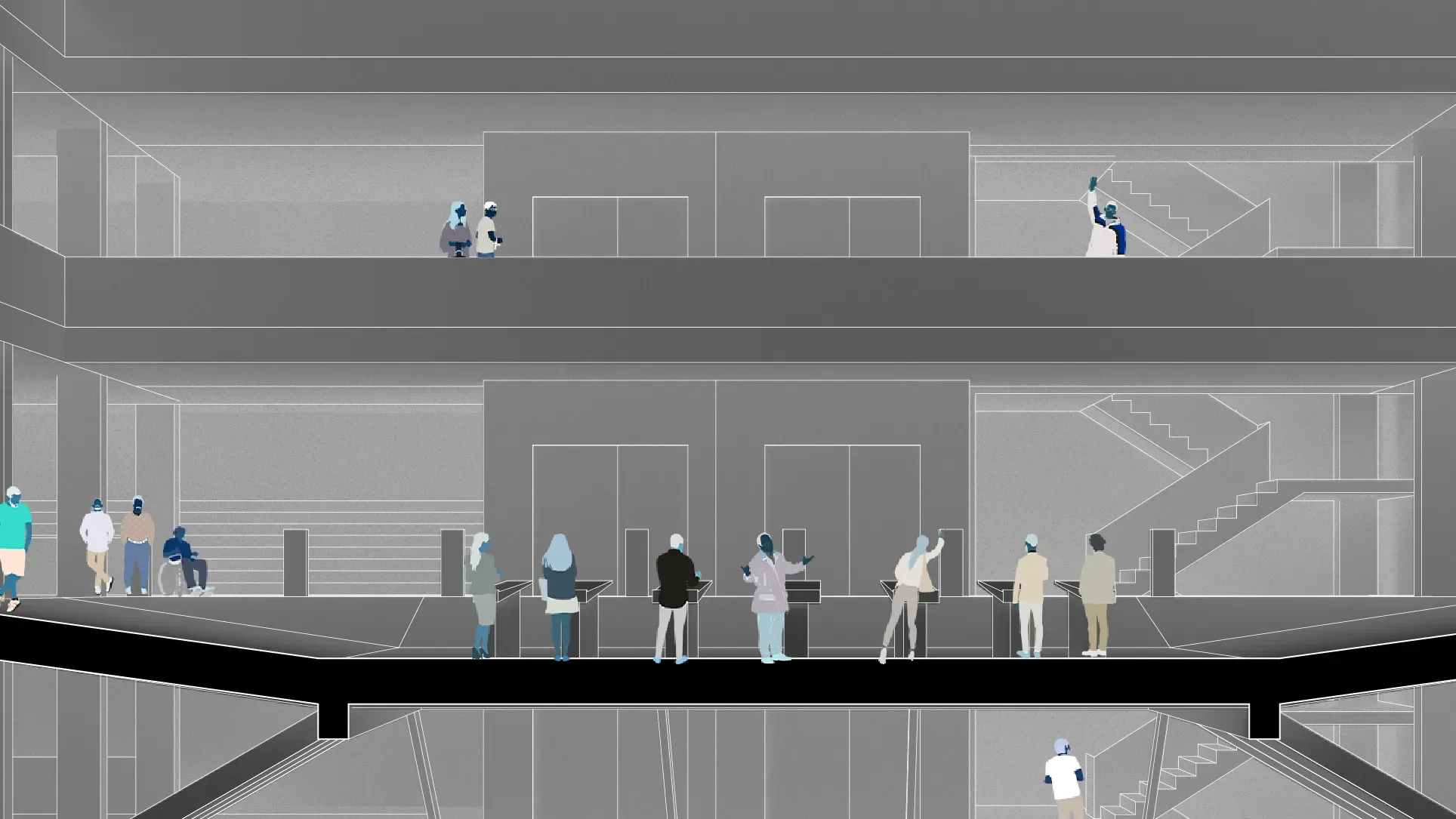
Chamber
Next we in the core of the council chambers during a monthly council meeting. As public comment opens up for a new initiative, someone delivers criticism from above. A councilor loses their temper, and the mayor recalls a time when there were not so many prying eyes on their business. These meetings used to be so empty.
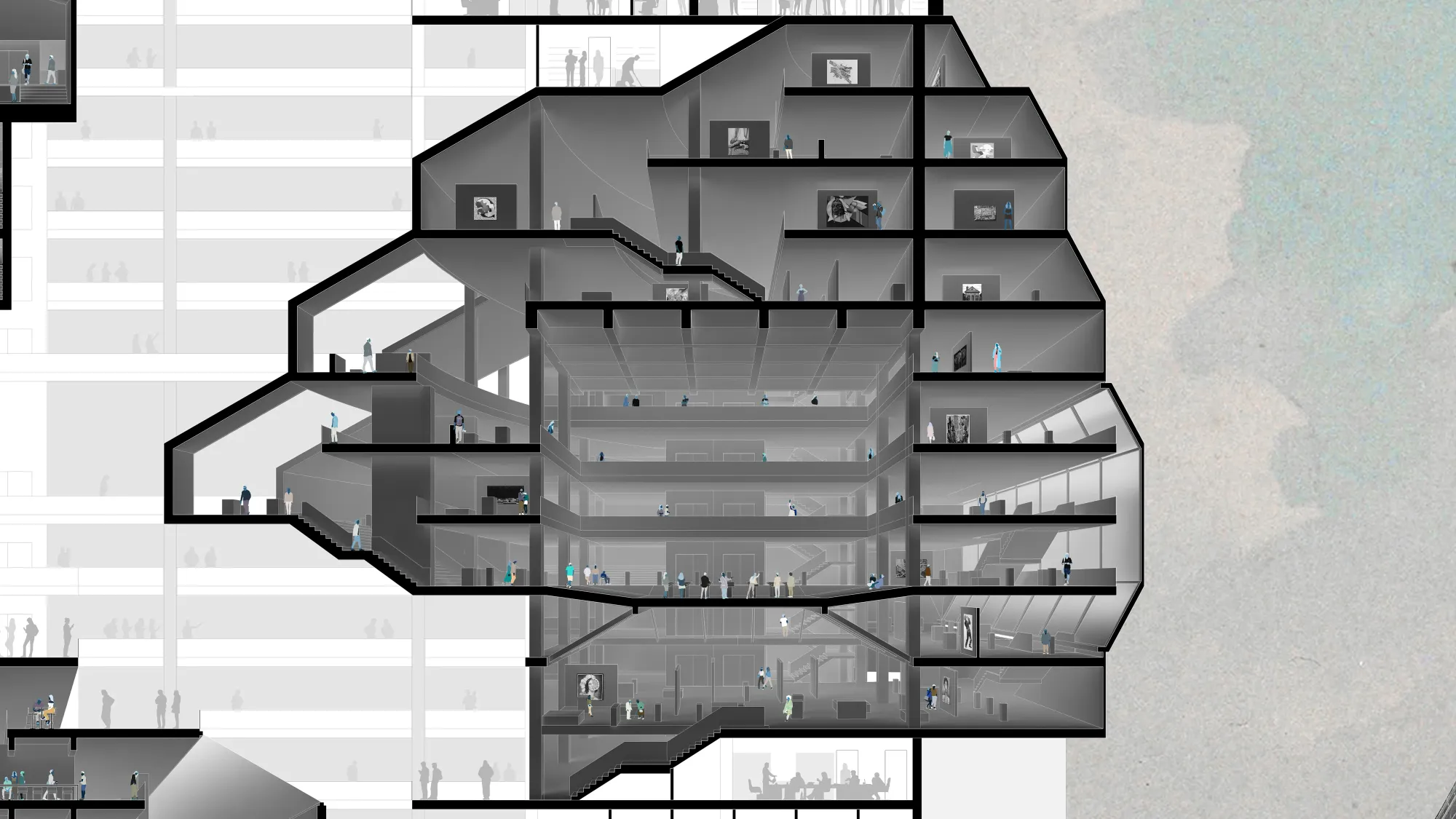
Council Chamber x Public Gallery
We expand outward, revealing the context of this second intersection. The council chamber nested within the public art gallery. The commotion of ongoing meetings contrasts the quiet of the gallery, distracting and grabbing the attention of patrons, who may mistake it as some kind of performance art at first. In doing so, they find themselves more engaged with their local government’s processes than normal. As a result, councilors are under more scrutiny compared to more conventional models of city halls where there would be more of a secluded, closed-door environment.

An Ongoing Wedding
Moving to the northern end of the building, a private wedding taking place in the largest and most exposed hall embedded within the document’s library. As ceremony concludes with a rapturous applause, inhabitants of the document’s library jump with a start.
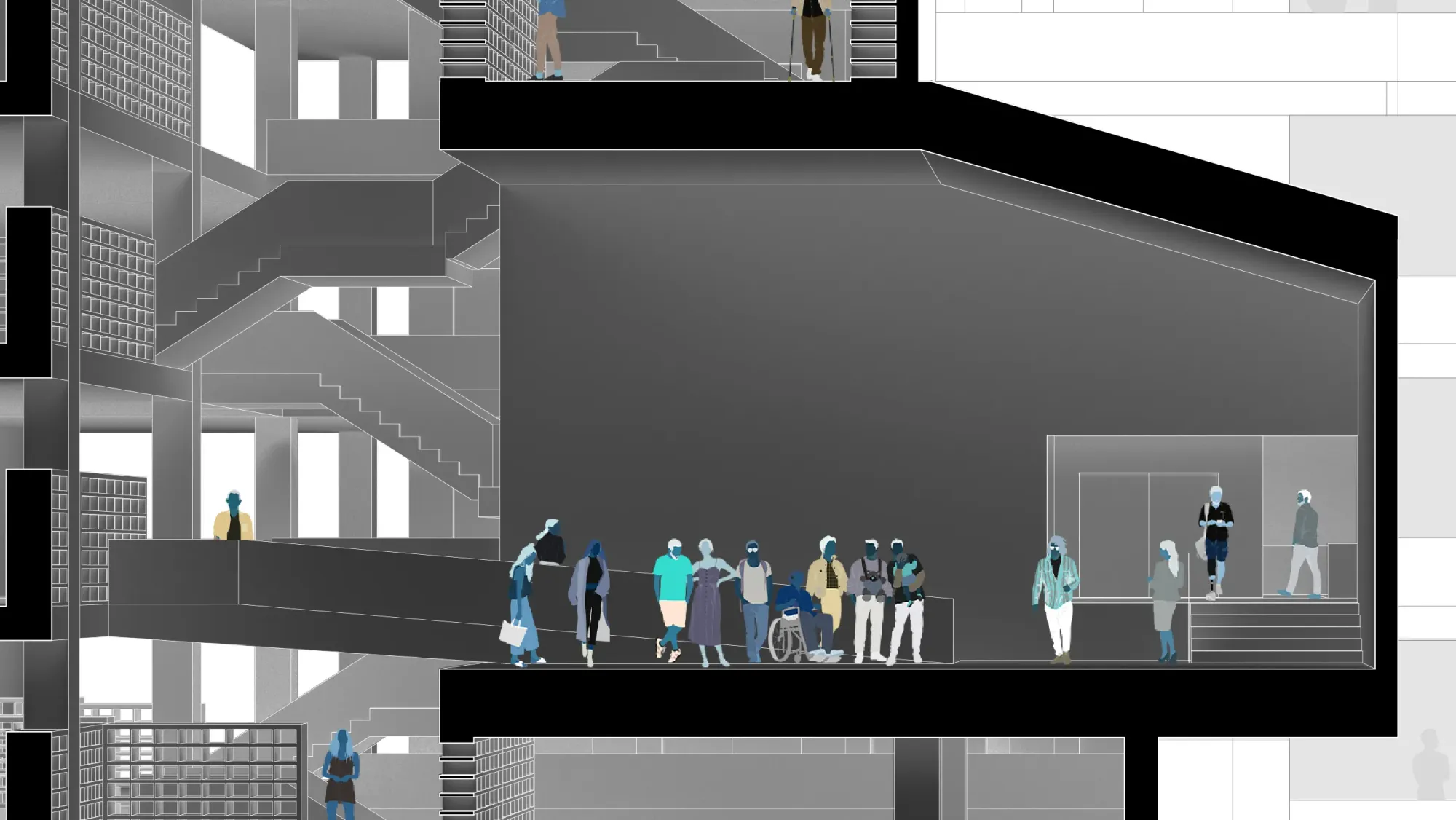
An Ongoing Meeting
The city clerk makes their way to file recent marriage licenses as they happen upon an ongoing meeting. The head of the New Orleans Quality of Life Committee has just presented the early draft of the drafting of a local homeless ordinance, resulting in a heated conversation with members of the public.
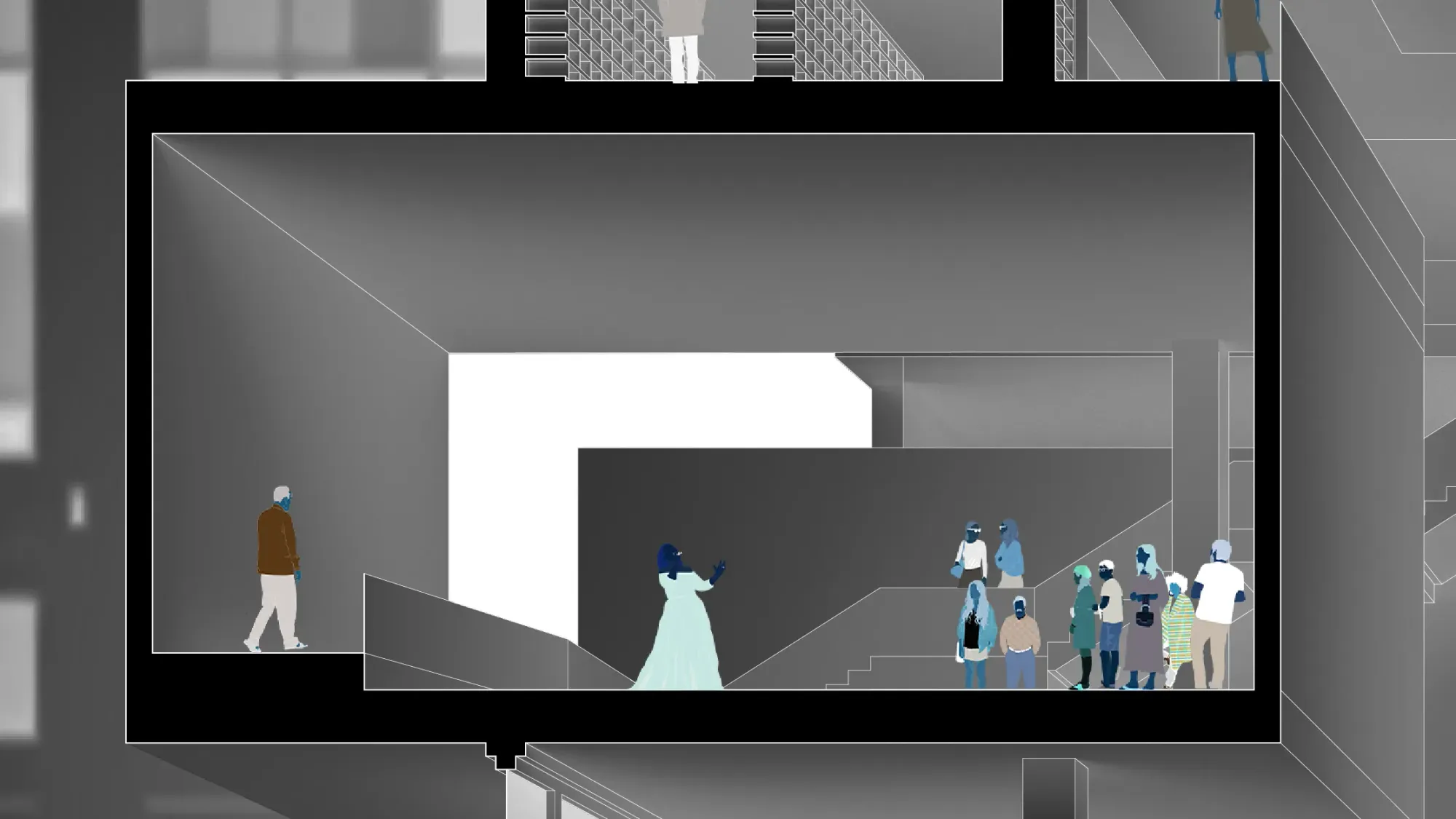
An Ongoing Performance
A citizen and their friend noisily make their way down from the roof as they are shushed by audience members at an ongoing performance by the New Orleans Center for Creative Arts – a local organization that has rented out the most isolated of the halls for the event.
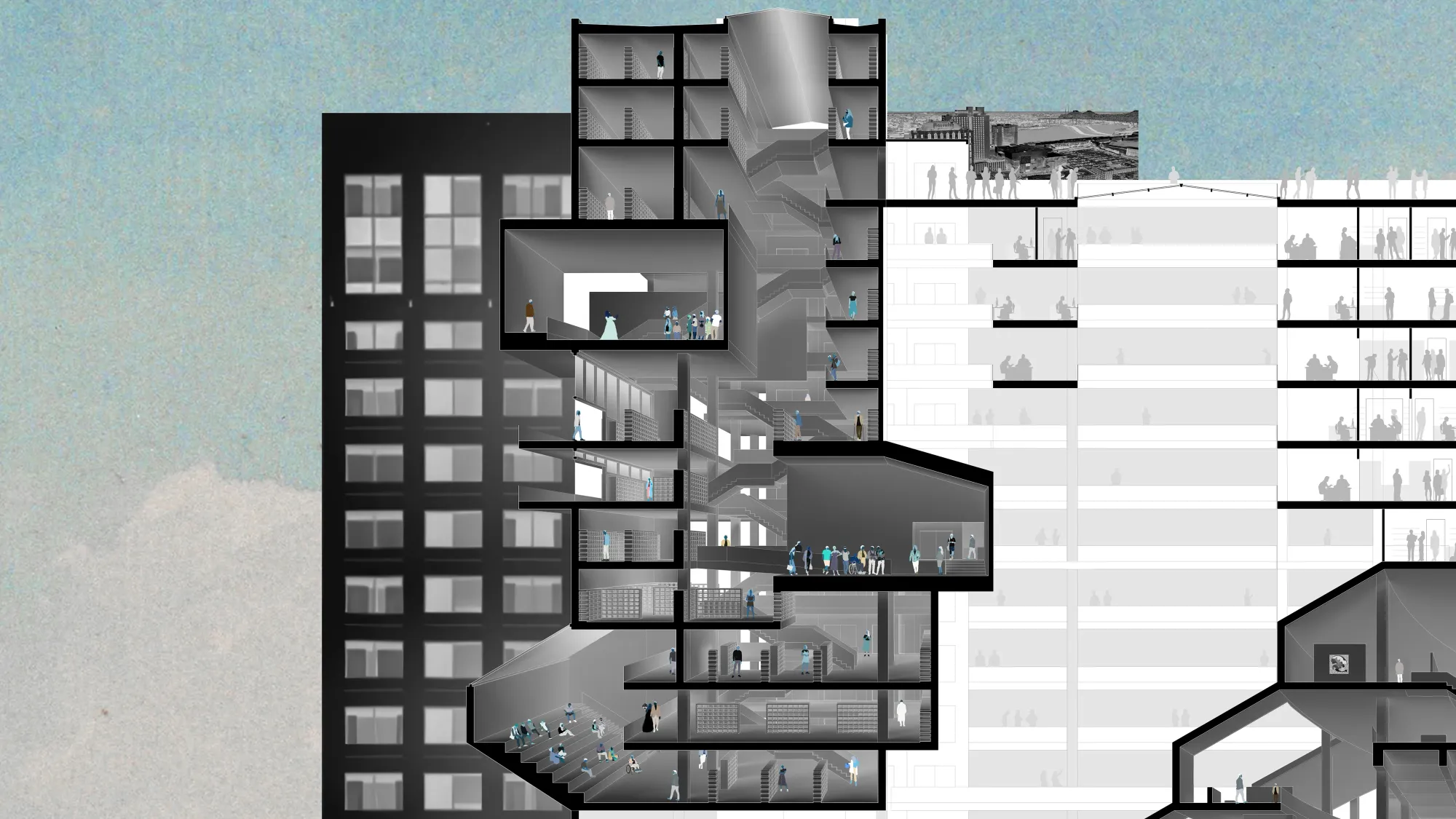
Public Halls x Document's Library
With this third and final intersection we have a series of public halls lodged within the document’s library inside. The halls inherently desire the option of privacy and are relatively noisy when compared to the document’s library, which seeks peace and quiet as it stores the record of things taking place at city hall - marriage licenses, hearing proceedings, and council meeting minutes.
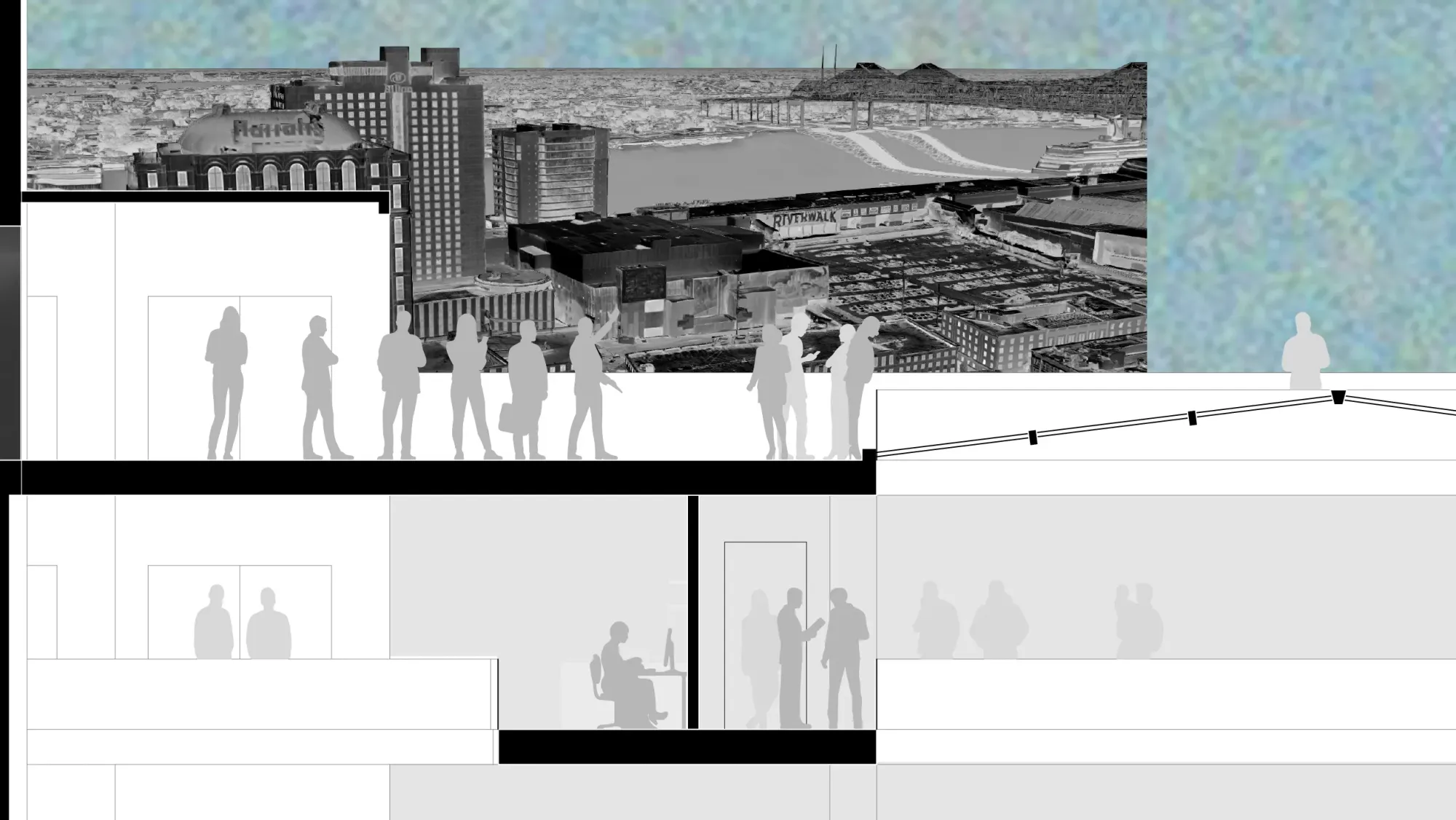
Rooftop
One final moment up at the rooftop, open for appreciation by officials and citizens alike. Just as one may look out and appreciate their city, they may also look back down inside city hall itself.
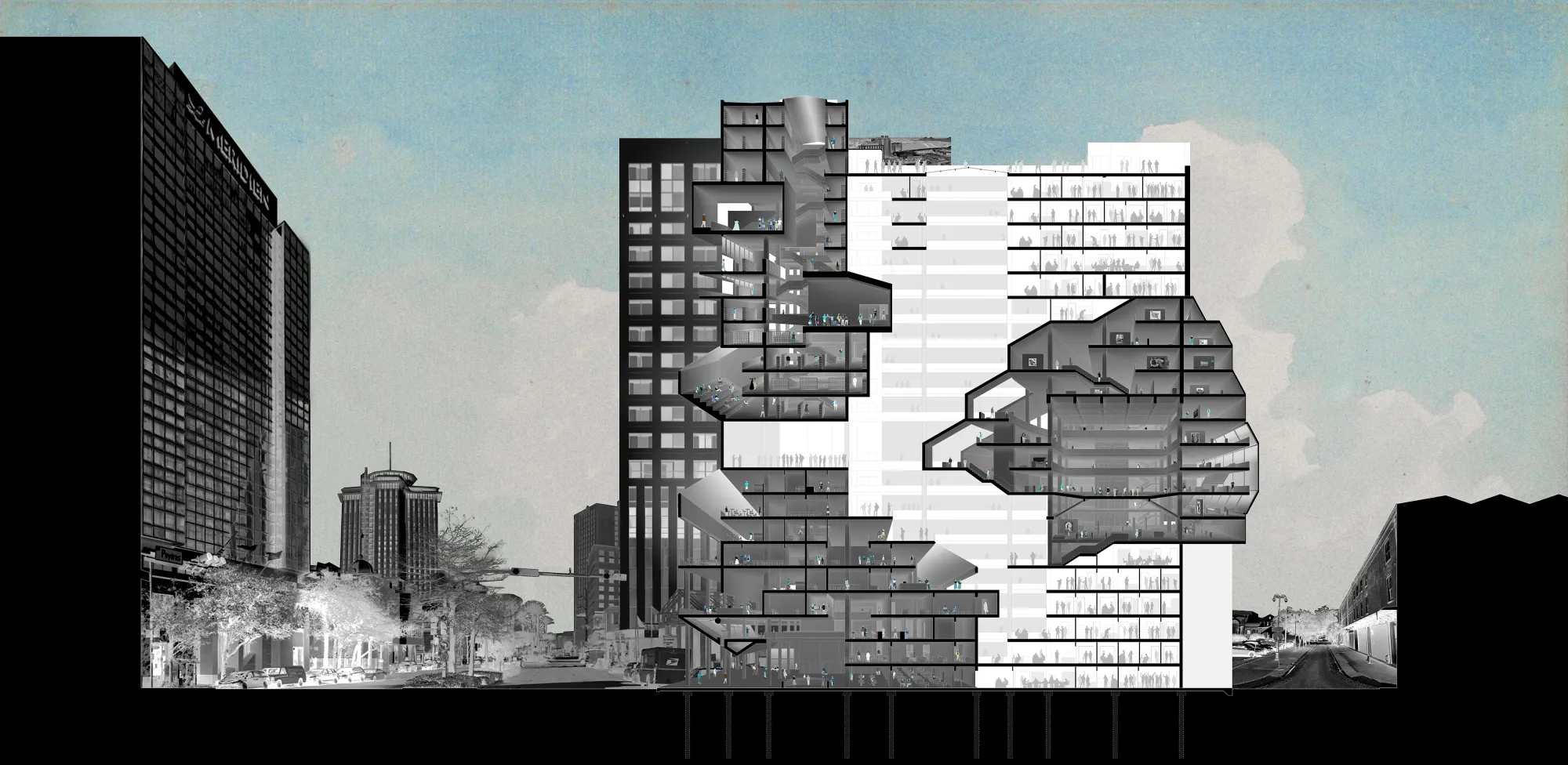
Contact Forces...a proposed model of civic architecture that encourages public-governmental interaction through curated moments of social friction.
At this point I encourage you to open the full image (below) and look around if you'd like!
Here is a link to the final image at its full resolution
You can zoom in even farther if you download the image, just know that it's 94.2 MB


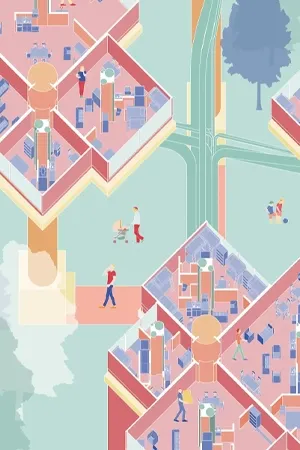
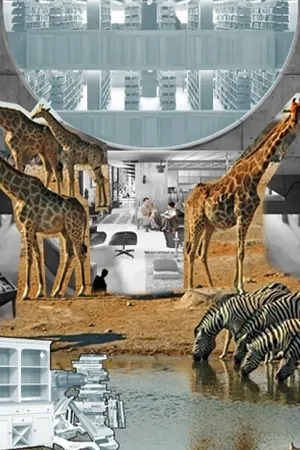
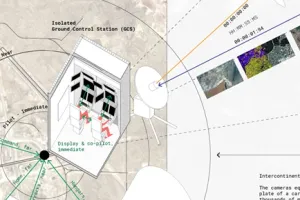
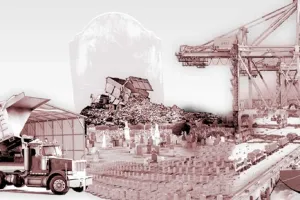
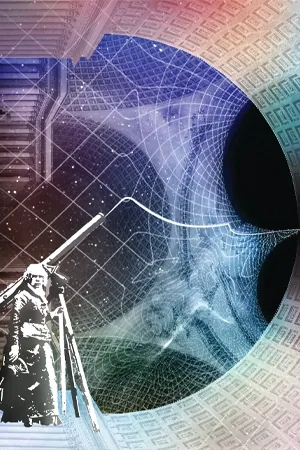



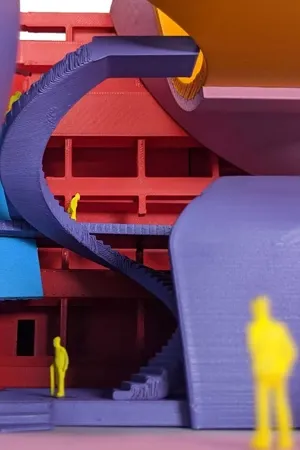
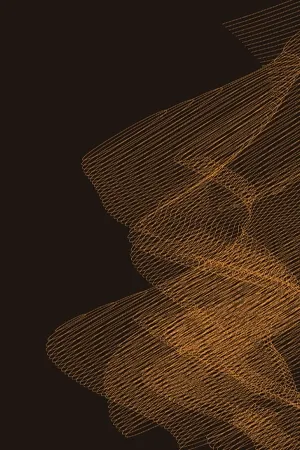
![[Conserv/Labor]-atory](/content/images/size/w300/2024/03/interior-high.jpg)
